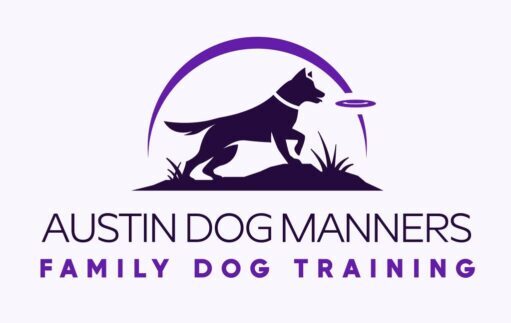Why Is My Dog Lunging on the Leash?
Dog experts often label dogs who lunge and bark during walks as “leash reactive.” A reactive dog is one who becomes overly aroused by normal situations, and a leash reactive dog is one who behaves that way on leash.
There are three possible motivations for lunging, some more likely than others, but they should all be taken seriously. Knowing what is causing your dog to act this way can help you help them.
Lunging Due to Over-Excitement
Your dog could play beautifully with other dogs in the park, but frantically bark, lunge, and spin when on the leash.They could be a “frustrated greeter” – a dog that’s really excited to say hello and get over-aroused. In this case, the barrier that the leash creates becomes too much for them and frustrates them. Regardless of the reason for the lunging, some of the basic management tools and treatments are the same.
Lunging Due to Fear
Fear is a common motivator in lunging as well. It might seem counter intuitive for your dog to go towards something they’re afraid of, but they’re trying to protect themselves. Using the “I’ll get it before it gets me” strategy, dogs lunge to try to make whatever they’re afraid of, whether it’s another dog, person, or object, go away.
Lunging Due to Leash Aggression
Lunging can also be caused by aggression, which in this case is known as leash aggression. If you suspect that your dog may be behaving aggressively or is leash aggressive, get the help of a certified trainer who specializes in aggression. This can be dangerous for your dog, you, and others, so get help by consulting a specialist.
Managing Dog Leash-Lunging
If your dog keeps lunging on their leash, they’re developing a habit. The more they do it, the harder it is to change that habit. So how do you prevent lunging?
Don’t Punish Your Dog for Lunging
First, never punish your dog for this behavior. You will only exacerbate the problem. Your dog will associate the punishment with the other person, dog, or object which will strengthen their fear or jack up their frustration.
Use Safe Equipment for Walking
A buckle collar can put a lot of pressure on your dog’s throat when they lunge. A front-clip harness is a better choice, because it puts pressure on your dog’s chest instead. This also helps turn them back toward you when they spring forward.
A head halter (also called a head harness) is another option for a leash-reactive dog. It loops around your dog’s nose and allows you to control their head like the reins of a horse. However, many dogs need help adjusting to a halter and they can damage their necks if they hit the end of the leash with too much force. To prevent that, you can clip one leash to their buckle collar and another to their halter, so the collar leash takes the force during lunges and the halter leash gently turns your dog’s head.
Plan Your Walks Accordingly
Be proactive. Plan your walks for times when your dog is unlikely to encounter any lunging triggers. This might mean adjusting your schedule to walking when less people are out, like in the evening or early morning. Make sure your dog wears reflective gear in low-light.
Also, choose the quietest route, and be on the lookout for triggers so you can keep your dog far enough away that they don’t react. That might mean ing evasive action like crossing the street or making a 180-degree turn. If you can distract your dog before they notice the trigger, even better. Constantly monitor the environment and your dog’s body language so you can predict lunging before it occurs and act accordingly.
Change Your Dog’s Emotional Response
Management will prevent your dog from practicing lunging, but it won’t improve their behavior or ease their emotional state. For that, try desensitization and counterconditioning. This technique will change your dog’s emotional response from negative to positive (in the case of fear-based or aggressive reactivity) or from out-of-control excitement to calm (in the case of frustration).
The trick is to get your dog in the presence of their trigger but far enough away they don’t react. This is known as below-threshold intensity. That could be 10 feet, or it could be 40. And different triggers might have different distances. Once you have your dog below threshold, pair the trigger with high-value rewards they would do anything for, like strips of meat, cubes of cheese, or a chance to play with their favorite toy. You want your dog to build a positive association between the wonderful goodies and the trigger.
Start the process with your dog on leash. Wait for them to notice a trigger then immediately present a reward. When they glance at the trigger again, offer another reward. Continue as long as the trigger is present. With enough repetition, your dog will eventually glance at the trigger then turn right back in your direction, as if to say, “I saw it, now where’s my treat?” This tells you that your dog has realized the trigger makes the reward happen, so the positive association is being formed.
